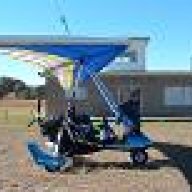-
Posts
778 -
Joined
-
Last visited

eastmeg2 replied to skeptic36's topic in Trikes and Microlight Aircraft Usergroup

eastmeg2 replied to eastmeg2's topic in Trikes and Microlight Aircraft Usergroup

eastmeg2 replied to eastmeg2's topic in Trikes and Microlight Aircraft Usergroup

eastmeg2 replied to Kev's topic in Trikes and Microlight Aircraft Usergroup

eastmeg2 replied to Kev's topic in Trikes and Microlight Aircraft Usergroup

eastmeg2 replied to airborne's topic in Trikes and Microlight Aircraft Usergroup

eastmeg2 replied to flyingfooty28's topic in Trikes and Microlight Aircraft Usergroup

eastmeg2 replied to airborne's topic in Trikes and Microlight Aircraft Usergroup

eastmeg2 replied to skeptic36's topic in Trikes and Microlight Aircraft Usergroup

eastmeg2 replied to gofastclint's topic in AUS/NZ General Discussion

eastmeg2 replied to jetjr's topic in AUS/NZ General Discussion

eastmeg2 replied to jetjr's topic in AUS/NZ General Discussion

eastmeg2 replied to airborne's topic in Trikes and Microlight Aircraft Usergroup

